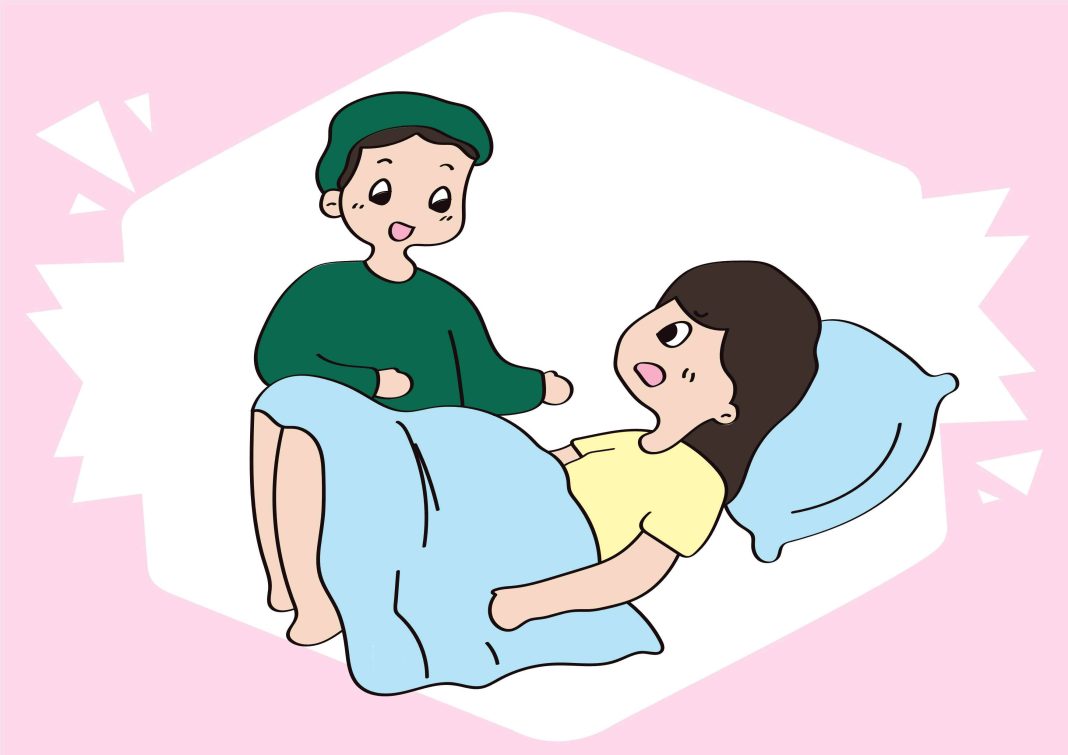This ovarian reserve function refers to the ability of the ovarian cortex to develop, grow, and form viable oocytes, highlighting a woman’s reproductive potential, including both the quantity and quality of follicles. It can accurately reflect the situation of follicles in a woman’s ovaries. A physiological decline in ovarian reserve is manifested by a decrease in the number and quality of follicles with age, leading to a reduction in fertility. However, there are individual differences, meaning that different individuals have varying fertility levels at the same age.
A pathological decline in ovarian reserve is due to genetic factors, surgical factors, various pathological factors, and unknown reasons that lead to a decrease in ovarian reserve, which is unrelated to aging and will also affect fertility, and may even impact a woman’s physical and mental health as well as the quality of family life.
Ovarian reserve function is an essential test before in vitro fertilization. It can provide important evidence for reproductive doctors regarding medication for ovarian stimulation. A decline in ovarian reserve function indicates that there are remaining follicles in the ovarian cortex of women of childbearing age, but the quantity and quality of oocytes capable of fertilization have decreased, signaling the aging of the ovaries. The most noticeable symptom is menstrual irregularity, which manifests as changes in the menstrual cycle, reduced menstrual flow, or fluctuations in flow, with shorter or longer menstrual periods.
Common methods for assessing ovarian reserve function
Age
Age is one of the most important factors in evaluating a woman’s fertility. After the age of 35 to 37, ovarian function begins to decline; the older the woman, the lower the ovarian reserve, with both the quantity and quality of eggs deteriorating as age increases. Research shows that a 35-year-old woman has only half the chance of having a healthy offspring compared to a 25-year-old woman; the incidence of infertility increases with age; and with increasing age, the miscarriage rate rises, and the occurrence rate of embryo demise significantly increases.
FSH (Follicle-Stimulating Hormone)
The serum FSH level on the third day of menstruation is usually measured. If repeated tests show FSH levels higher than 10 IU/L, ovarian reserve function decline should be considered (one elevated baseline FSH level alone does not necessarily indicate ovarian function reduction).
Antral Follicle Count
A baseline antral follicle count (AFC) of less than 6-7 on ultrasound indicates a decline in ovarian reserve function.
AMH (Anti-Müllerian Hormone)
AMH is currently the best indicator for assessing ovarian function, as it is more sensitive in predicting ovarian reserve function than FSH. In other words, when FSH has not yet shown abnormal elevation, AMH may already be declining, allowing for earlier prediction of ovarian function reduction. Current research both domestically and abroad indicates that AMH levels below 0.5-1.1 ng/mL often signal reduced ovarian function, while levels above 5-7 ng/mL may be associated with polycystic ovary syndrome.
What does a decline in ovarian reserve function mean?
Decreased fertility
Women with normal ovarian reserve function have about a 15% chance of conceiving each month under normal ovulation, while women with decreased ovarian reserve function have a significantly reduced chance of conceiving each month.
Increased risk of repeated implantation failure and miscarriage
Due to decreased ovarian reserve function and poorer follicle quality, fertilized eggs are more likely to experience chromosomal number or structural abnormalities, leading to higher rates of embryo implantation failure or miscarriage after conception.
For those experiencing decreased ovarian reserve function, especially patients with fertility requirements, time is of the essence to secure more opportunities.
Estrogen and progesterone therapy
Due to the decline in ovarian reserve function and anovulation, infertility occurs. For these women with high gonadotropin levels, clinical estrogen and progesterone cycle therapy can be employed. After about three cycles of treatment, some patients may regain natural ovulation and conceive. However, evaluation prior to medication is essential to rule out contraindications, avoid high-risk factors, and create a safe and effective individualized hormone treatment plan.
In vitro fertilization
Due to the decline in natural fertility in women over the age of 38, the probability of natural conception is very low after this age. Implementing in vitro fertilization can increase the chances of conception.
If there is a decline in ovarian function, it is crucial to prioritize good lifestyle habits, ensure adequate sleep (do not stay up late, whether due to working overtime or watching sports).


